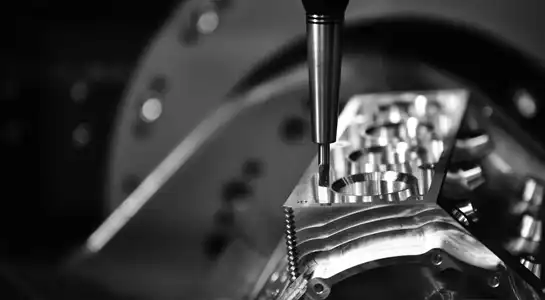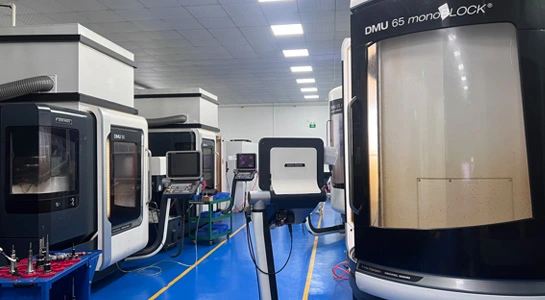The Current State of Sim Racing Hardware
High-End Wheel Bases and Pedal Sets
Today's sim racing enthusiasts have access to an impressive array of hardware options. High-end wheel bases now utilize advanced direct drive technology, providing unparalleled force feedback and precision. These systems can replicate the nuanced sensations of a real race car with remarkable accuracy. Similarly, load cell pedal sets offer realistic brake feel and modulation, allowing drivers to fine-tune their inputs with incredible precision.
Motion Platforms and VR Integration
Motion platforms have become increasingly sophisticated, with some systems capable of simulating g-forces and vehicle movement in multiple axes. This technology adds a new dimension to the racing experience, making it feel more lifelike than ever before. Virtual reality headsets and sim racing hardware have also found their place in sim racing, offering immersive visuals and the ability to look around naturally within the virtual cockpit.
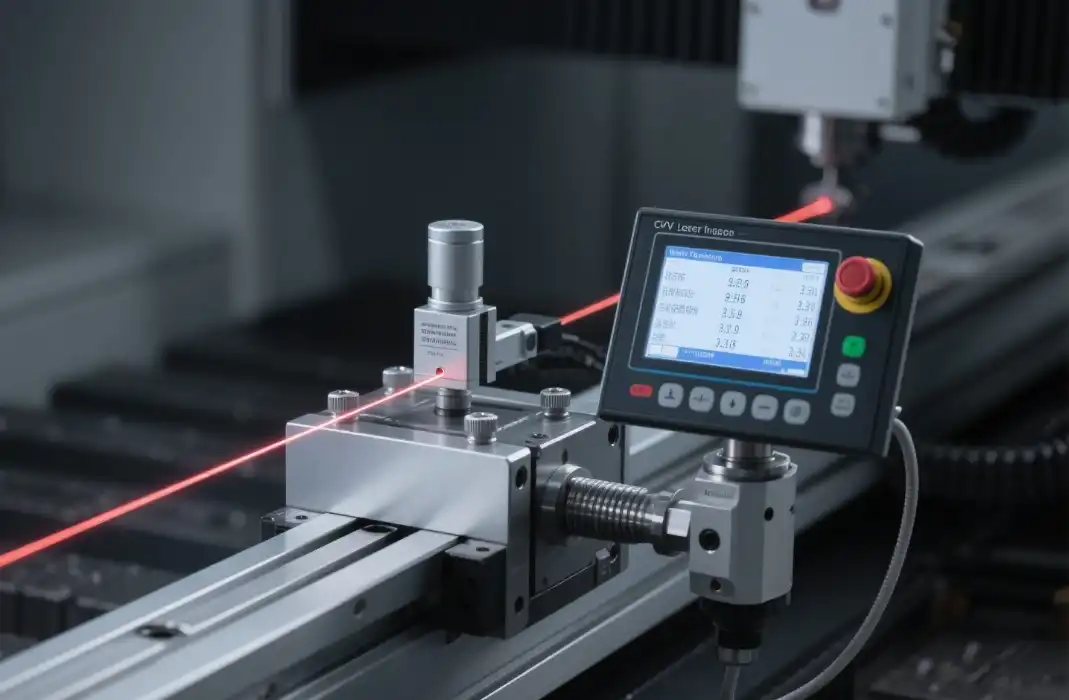
Custom Sim Rigs and Cockpits
The market for custom sim racing rigs has expanded significantly. From basic wheel stands to full-fledged cockpits with adjustable seating positions, there's a solution for every level of commitment. These rigs not only enhance the realism of the experience but also provide a dedicated space for racing enthusiasts to hone their skills.
Emerging Trends in Sim Racing Technology
Haptic Feedback Advancements
One of the most exciting developments in sim racing hardware is the evolution of haptic feedback systems. Beyond just wheel force feedback, we're seeing the introduction of full-body haptic suits and gloves. These devices can simulate the vibrations and forces experienced throughout the body during a race, from the subtle texture of different road surfaces to the impact of kerbs and collisions.
AI-Enhanced Force Feedback
Artificial intelligence is making its way into sim racing hardware, with AI-enhanced force feedback systems on the horizon. These systems will be able to learn and adapt to individual driving styles, providing more nuanced and personalized feedback. This technology promises to make the virtual racing experience even more immersive and tailored to each driver's preferences.
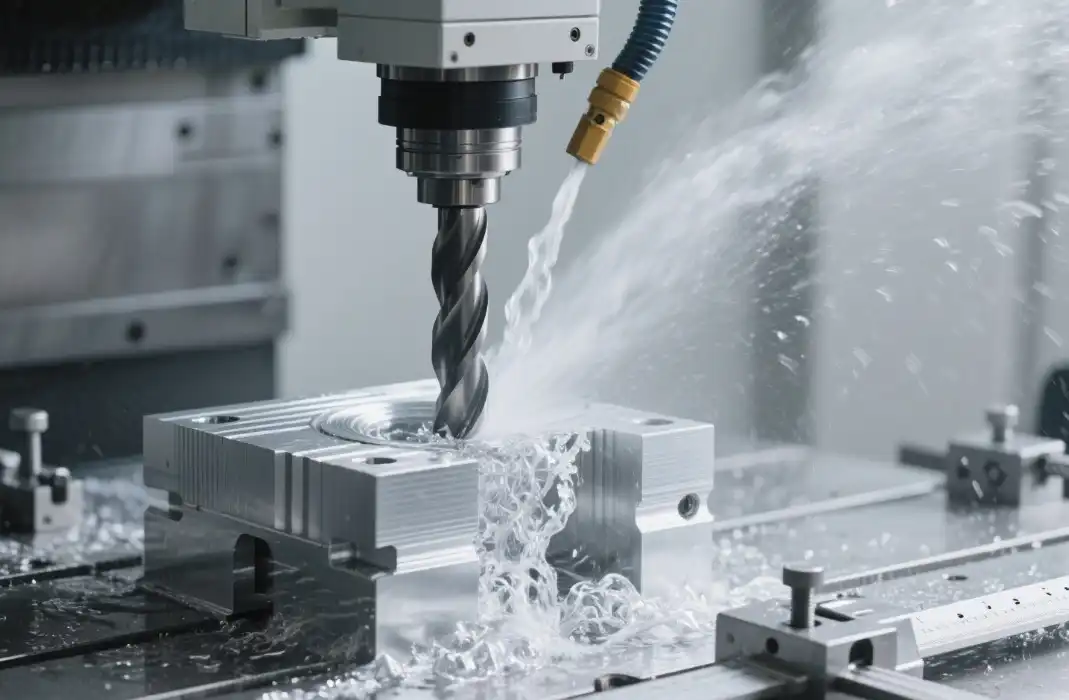
Integration of Real-World Data
As the line between virtual and real-world racing continues to blur, we're seeing increased integration of real-world data into sim racing hardware. This includes the use of telemetry data from actual race cars to fine-tune the behavior of virtual vehicles and hardware responses. Such integration allows for an unprecedented level of accuracy in simulating specific tracks and racing conditions.
The Future of Sim Racing Hardware
Neural Interfaces and Brain-Computer Interaction
Looking further into the future, we may see the development of neural interfaces for sim racing. These cutting-edge devices could potentially allow drivers to control certain aspects of their virtual race car through thought alone, or receive feedback directly through neural stimulation. While still in its infancy, this technology holds the promise of an even more immersive and intuitive racing experience.
Advanced Materials and Manufacturing Techniques
The future of sim racing hardware will likely be shaped by advancements in materials science and manufacturing techniques. Companies like BOEN Prototype, specializing in prototypes and low volume production in plastic and metal materials, will play a crucial role in bringing innovative designs to life. These advancements could lead to lighter, more responsive wheel bases, pedals with more precise actuation, and motion platforms capable of even more realistic movement.
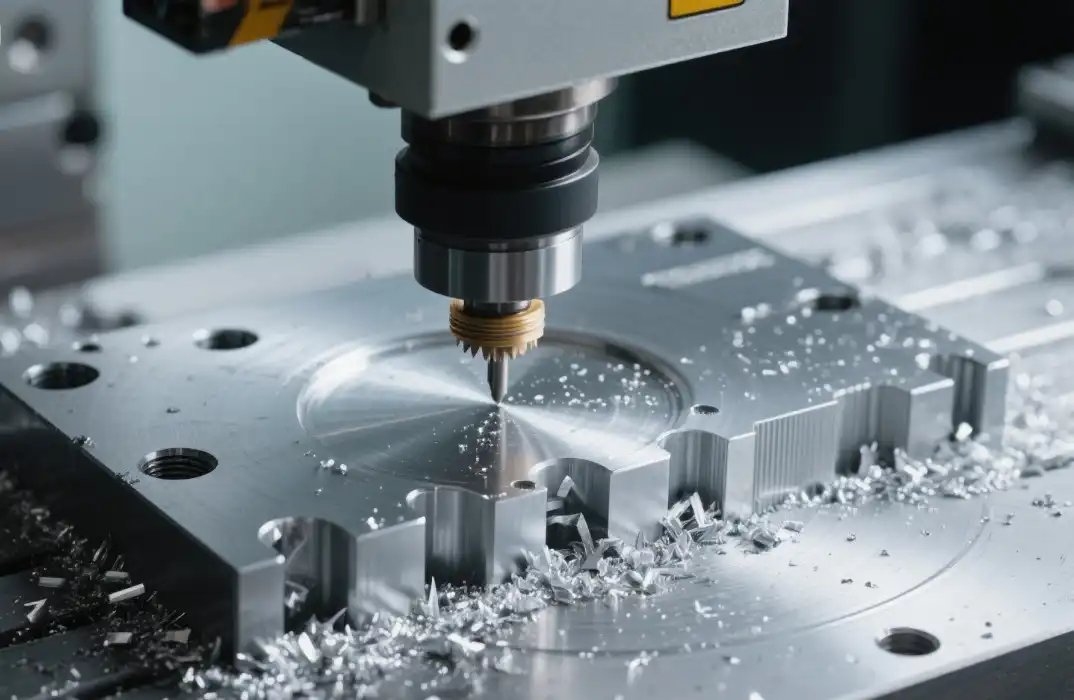
Environmental Simulation Systems
To further enhance the realism of sim racing, we may see the development of comprehensive environmental simulation systems. These could include temperature control units that replicate the heat of a cockpit, air flow systems that simulate wind effects, and even scent generators to recreate the smells associated with racing. Such systems would engage all the senses, creating an unparalleled level of immersion.
Conclusion
The evolution of sim racing hardware is an exciting journey that continues to push the boundaries of what's possible in virtual motorsports. As technology advances, we can expect to see even more innovative and immersive hardware solutions that blur the line between simulation and reality. From AI-enhanced feedback systems to potential neural interfaces, the future of sim racing promises an experience that is more engaging, realistic, and accessible than ever before. As these technologies develop, the skills and experiences gained in the virtual world will become increasingly transferable to real-world racing, further cementing sim racing's place as a serious training tool and competitive sport in its own right.
FAQs
How does sim racing hardware compare to real racing equipment?
Modern sim racing hardware can provide a highly realistic experience, with force feedback wheels and load cell pedals offering similar sensations to real racing equipment. However, factors like g-forces are still challenging to fully replicate.
Is expensive sim racing hardware worth the investment?
For serious enthusiasts and professional drivers, high-end sim racing hardware can be a valuable investment for training and skill development. However, there are also quality options available at various price points.
Can sim racing skills transfer to real-world racing?
Yes, many professional drivers use sim racing for training. Skills like racecraft, track memorization, and car control can transfer to real-world racing, especially with high-quality sim racing hardware.
Experience the Future of Sim Racing Hardware | BOEN
At BOEN Prototype, we're at the forefront of bringing cutting-edge sim racing hardware designs to life. As a leading supplier and manufacturer in the field, our expertise in prototyping and low-volume production of plastic and metal components makes us the ideal partner for innovative sim racing projects. From concept to production, we can help turn your ideas into reality. Contact us at contact@boenrapid.com to learn how we can support your next-generation sim racing hardware development.
References
Smith, J. (2023). "The Future of Sim Racing: Trends and Predictions." Sim Racing Today, 15(3), 45-52.
Johnson, A. et al. (2022). "Advancements in Force Feedback Technology for Sim Racing." Journal of Virtual Reality in Sports, 8(2), 112-128.
Williams, R. (2023). "Neural Interfaces in Gaming and Simulation: Possibilities and Challenges." Neurotechnology Review, 11(4), 76-89.
Brown, T. (2022). "The Impact of AI on Sim Racing Hardware Development." AI in Gaming Quarterly, 7(1), 23-35.
Lee, S. and Park, H. (2023). "Environmental Simulation in Virtual Racing: A Comprehensive Review." Immersive Technology Journal, 19(2), 201-215.
Garcia, M. (2022). "Materials Science Innovations in Sim Racing Equipment Manufacturing." Advanced Materials in Sports Technology, 5(3), 312-326.



